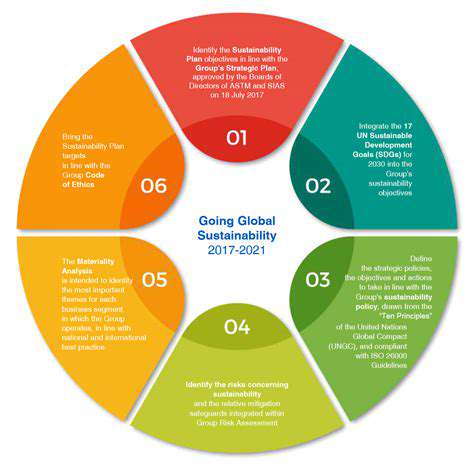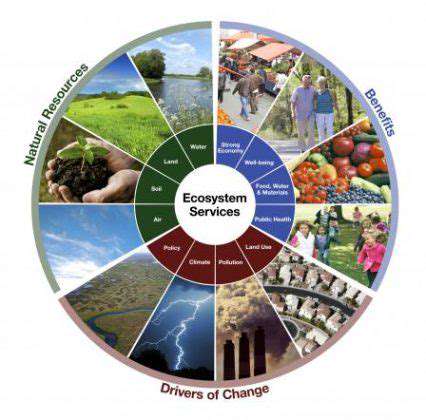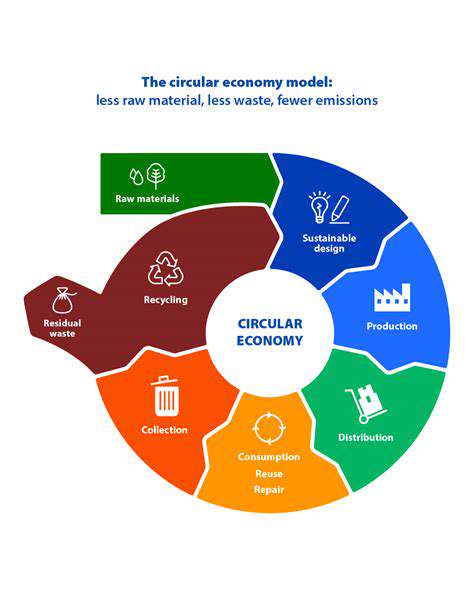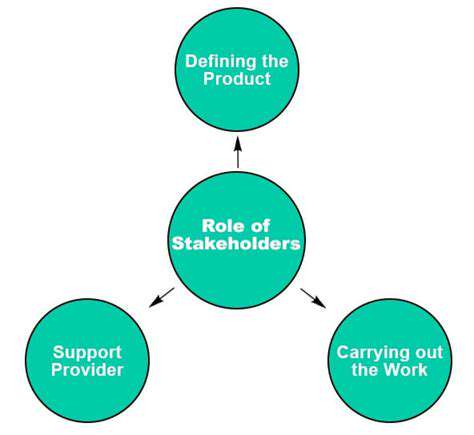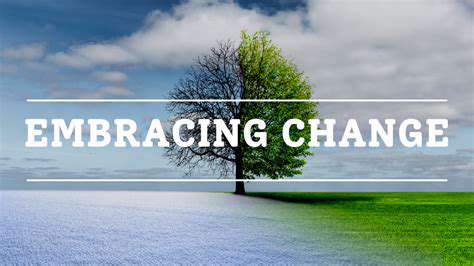Sustainable Landscaping for Urban Real Estate
- Drip irrigation delivers water directly to root zones through emitters, minimizing evaporation loss
- Soaker hoses provide gentle, consistent moisture ideal for garden beds and vegetable patches
- Micro-sprinklers offer adjustable coverage for mixed plantings with varying water needs
The most effective systems combine these technologies based on specific landscape zones. For example, drip lines work well for foundation plantings, while micro-sprinklers might better serve mixed perennial beds. Professional irrigation audits can identify the optimal configuration for your property.
Creating Efficient System Designs
Thoughtful irrigation design considers multiple factors:
| Design Element | Consideration |
|---|---|
| Zone planning | Group plants by water needs and sun exposure |
| Slope management | Adjust flow rates for proper absorption on inclines |
| Soil adaptation | Modify watering duration based on soil composition |
Smart controllers that adjust watering based on weather conditions can improve efficiency by 20-30%. These devices connect to local weather stations or soil moisture sensors, automatically reducing irrigation after rainfall.
Maintaining System Performance
Regular maintenance preserves irrigation efficiency:
- Inspect emitters monthly for clogs or damage
- Check pressure regulators seasonally
- Adjust sprinkler heads as plants grow
- Winterize systems before freezing temperatures
Landscape professionals recommend comprehensive system checks each spring and fall. Proper maintenance can extend system lifespan by 5-7 years while maintaining peak performance.
Integrating Water Conservation Strategies
Beyond irrigation technology, consider these water-saving approaches:
- Incorporate 2-3 inches of organic mulch around plants
- Choose native species adapted to local rainfall patterns
- Install rain barrels to capture roof runoff
- Grade landscapes to direct rainwater to planting areas
These methods complement efficient irrigation systems, creating landscapes that thrive with minimal water input. When combined, they can reduce outdoor water use by 50% or more.
Designing for Minimal Maintenance and Enhanced Functionality
Strategic Plant Selection
Low-maintenance landscaping begins with thoughtful plant choices. Native species offer particular advantages:
- Established drought tolerance reduces watering needs
- Natural pest resistance minimizes chemical treatments
- Adapted growth habits require less pruning
For year-round interest with minimal care, consider these combinations:
| Sun Conditions | Plant Suggestions |
|---|---|
| Full sun | Lavender, ornamental grasses, sedum |
| Partial shade | Hostas, ferns, coral bells |
| Full shade | Pachysandra, vinca, astilbe |
Functional Landscape Features
Well-designed landscapes serve practical purposes beyond aesthetics:
- Permeable paving reduces runoff while providing stable walkways
- Rain gardens filter stormwater naturally
- Edible landscaping combines beauty with food production
For small spaces, vertical gardens and container plantings maximize functionality. These solutions work particularly well in urban environments where space is limited.
Seasonal Maintenance Planning
A maintenance calendar ensures landscapes stay attractive with minimal effort:
| Season | Key Tasks |
|---|---|
| Spring | Prune winter damage, refresh mulch |
| Summer | Monitor irrigation, deadhead flowers |
| Fall | Plant bulbs, clean gutters |
| Winter | Protect tender plants, plan improvements |
Automated systems like robotic mowers and smart irrigation further reduce maintenance demands. These technologies allow homeowners to enjoy beautiful landscapes without constant upkeep.
Maximizing the Impact of Sustainable Landscaping in Urban Environments
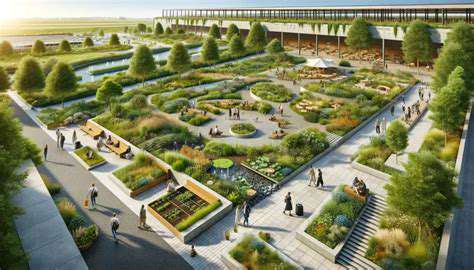
Urban Environmental Benefits
Sustainable landscapes transform cities by:
- Reducing urban heat island effect through evapotranspiration
- Improving air quality by filtering pollutants
- Enhancing biodiversity with native plantings
Green roofs and living walls demonstrate particular promise in dense urban areas where ground space is limited. These vertical ecosystems provide insulation, stormwater management, and habitat value.
Community Engagement Strategies
Successful urban greening projects involve local residents through:
- Community garden initiatives
- Neighborhood tree-planting programs
- Educational workshops on sustainable practices
These efforts build social connections while improving environmental quality. Studies show community-managed green spaces have 30% higher maintenance quality than municipally-managed areas.
Policy and Planning Considerations
Effective urban sustainability requires supportive policies:
| Policy Type | Potential Impact |
|---|---|
| Stormwater credits | Encourage permeable surfaces |
| Tree protection ordinances | Preserve mature canopy cover |
| Green space requirements | Ensure adequate park access |
Forward-thinking cities integrate these measures into comprehensive planning efforts. Portland's Green Infrastructure Program demonstrates how policy can drive meaningful change.
Measuring Program Success
Key performance indicators for urban sustainability include:
- Percentage of impervious surfaces converted to permeable
- Increase in urban tree canopy coverage
- Reduction in combined sewer overflows
- Participation rates in community greening programs
Regular monitoring ensures programs deliver intended benefits. Many cities publish annual sustainability reports tracking these metrics.
Future Innovations
Emerging technologies promise to enhance urban sustainability:
- Smart sensors for precision irrigation
- Advanced green roof substrates
- Drought-tolerant genetically modified plants
While these innovations show promise, the most effective solutions often combine new technologies with proven ecological principles. The urban landscapes of tomorrow will likely blend high-tech and nature-based approaches.
